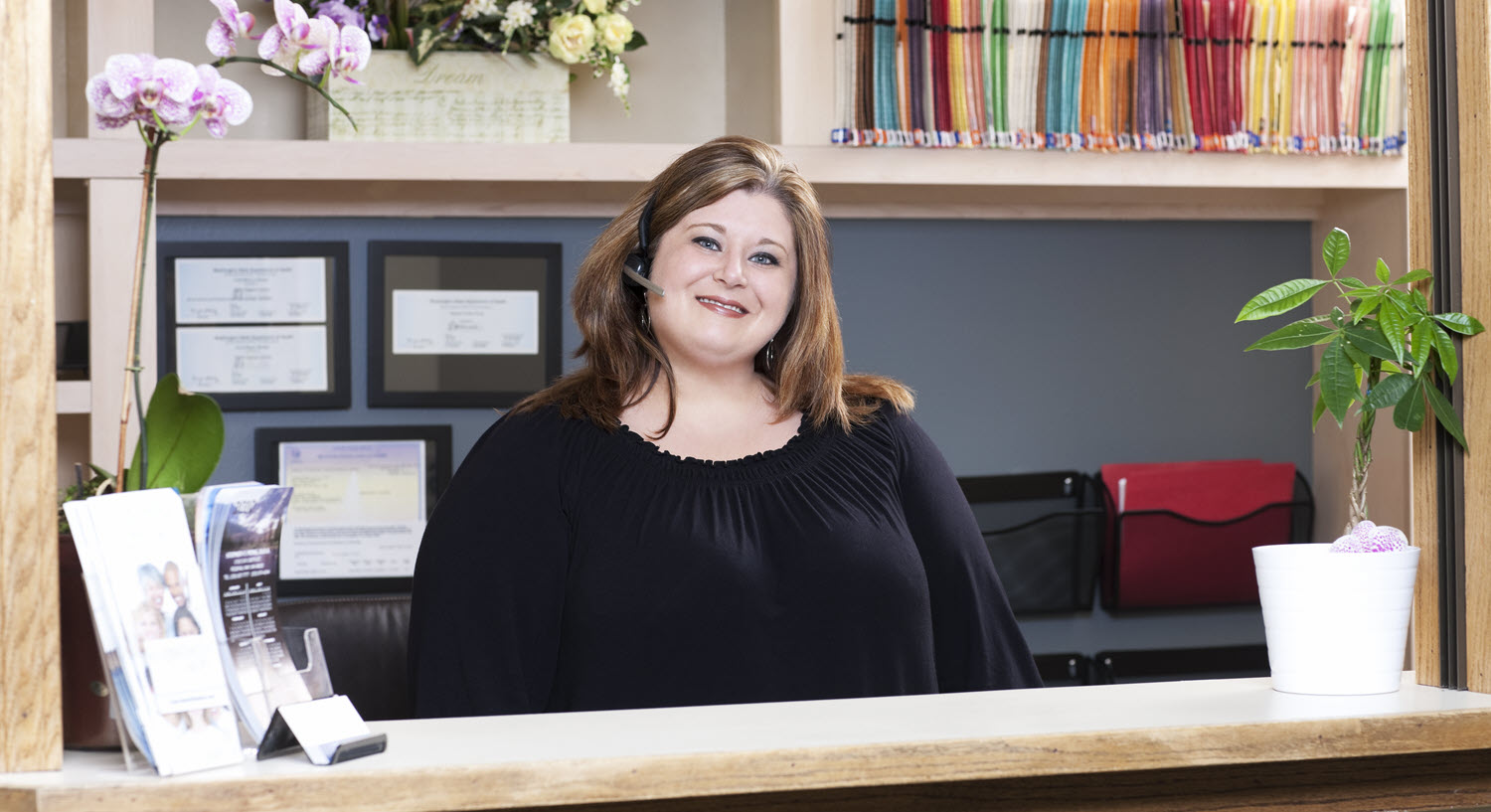Poor scheduling can be a major source of stress in your dental practice.
Updated 6/30/20
“If your appointment book is full but office tension is high, your scheduling process may be broken,” says practice management guru Cathy Jameson, founder of Jameson Management.
How do you know if it’s your schedule (and not something else) that’s broken? Ask the following diagnostic questions:
- Are canceled appointments and no-shows an epidemic in your practice?
- Does your office consistently run behind schedule?
- Are you rushing one appointment so you can get on to the next?
- Does it take weeks before you can fit a new patient into your schedule?
- Does your schedule allow you to perform the kind of dentistry you want to do?
- Are schedule holes causing excessive stress on you and your team?
- Is your schedule so overbooked that you don’t even have time to eat?
- Is your schedule burning you out?
If you answered yes to at least three of the above questions, your scheduling process needs repair.
According to Cathy, building a more productive and balanced schedule can reduce stress throughout your dental practice.
“When you have more organized, smoother days, your patients will receive more concentrated, quality attention from you. Your improved concentration and lowered stress benefit your patients, your team and you,” she says.
Avoid Production Highs and Lows
A steady, even schedule allows your practice to avoid highs and lows in production. In addition to reducing stress, a balanced schedule increases your office productivity.
“The key to productivity is not how many patients you see in a day, but how much dentistry you do in a day,” Cathy says.
Instead of aiming for a certain number of patients per day, she recommends scheduling a mix of primary, secondary and tertiary procedures into each day.
- Primary procedures have a higher dollar value attached to them, such as crown and bridge, endodontics, dentures and partials and most cosmetic procedures.
- Secondary procedures have a lower dollar value, such as simple composites and extractions.
- Tertiary procedures have no dollar value attached, such as seating of crowns and bridges, suture removals and so on.
To keep your appointment book accurate, you must allow the correct amount of time for each dental procedure. Don’t overestimate your speed.
“Analyzing how long each procedure actually takes in your practice&emdash;for both doctor and assistant&emdash;is essential. Otherwise, your carefully crafted schedule will be based on hope instead of reality,” she cautions.
Pre-block Your Primary Procedures
The secret to achieving the right mix of procedures in your schedule is pre-blocking: reserving specific time slots each day for primary procedures.
Cathy advises pre-blocking primary procedures for approximately half of your daily production goal. Then you can add secondary and tertiary procedures around your primaries as needed.
For example, let’s say your monthly production goal is $70,000. If you work 16 days per month, divide $70,000 by 16:
- $70,000 monthly / 16 = $4,375 daily
Now you have your daily production goal. Break it down to:
- Doctor and clinical team $3,000
- Hygiene department $1,375
This gives you specific scheduling targets to help you meet your production goals.
Download the Scheduling eBook
For additional ideas and advice, download Scheduling for Higher Efficiency, Production and Profit from Henry Schein. In this free eBook, Cathy shares her proven management strategies on topics such as:
- Reducing no-shows and cancellations
- Solving the top 10 schedule stresses
- Involving your team to stay on track
- Communicating the value of your treatment
- Leveraging your dental software
Learn More
Visit www.dentrix.com/efficient to read the full eBook.
Read Scheduling for Higher Efficiency, Production and Profit to get other scheduling tips from Cathy Jameson.
Originally published in the Dentrix eNewsletter, September 2016





